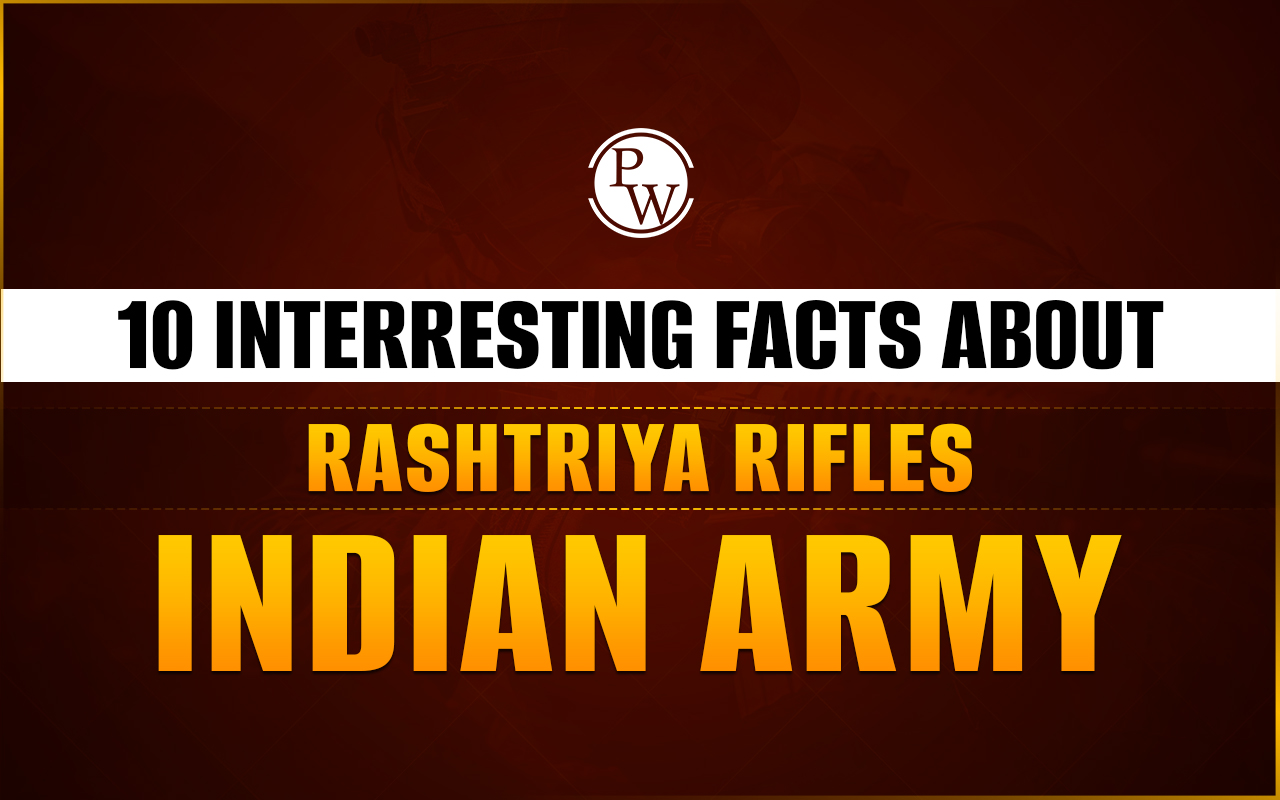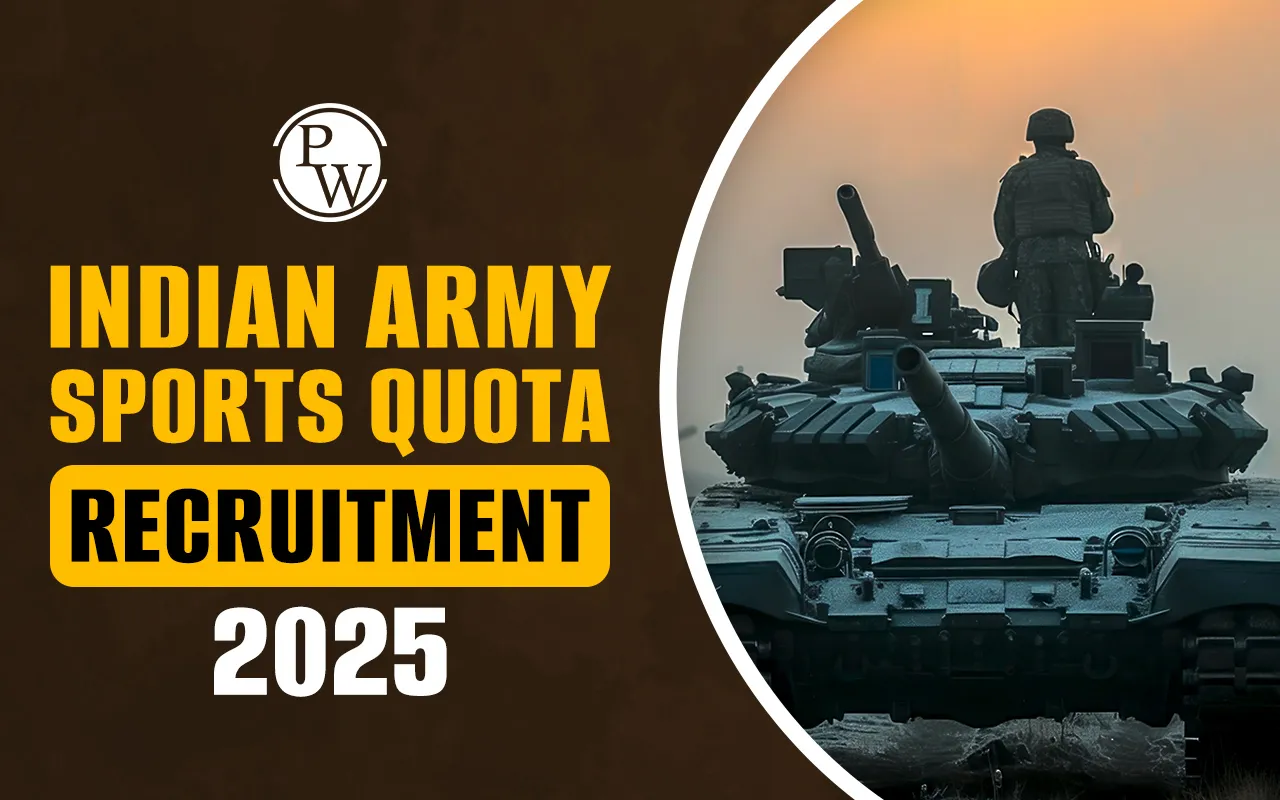10 Interesting Facts About the Rashtriya Rifles of the Indian Army:
The Rashtriya Rifles (RR) is an elite force within the Indian Army, renowned for its specialized role in counterinsurgency and internal security operations. Established in 1990, the RR is instrumental in maintaining peace and stability in areas affected by terrorism and insurgency, particularly in Jammu and Kashmir (J&K), though it has also been deployed in other regions of India. The force is considered one of the most disciplined and professional units in the Indian military.
Rashtriya Rifles Overview
The Rashtriya Rifles (RR) is an elite counterinsurgency and counterterrorism force of the Indian Army, formed in 1990 to address the escalating insurgency in Jammu and Kashmir. Comprised of volunteers from various branches of the Indian Army, the RR is specially trained for operations in mountainous, dense, and often hostile environments, primarily focusing on internal security and stabilizing regions affected by terrorism and unrest.
Its primary mission involves tackling insurgency, neutralizing militant threats, and restoring peace in disturbed areas. Known for its unique structure, rigorous training, and close coordination with local police and intelligence agencies, the Rashtriya Rifles also plays an essential role in civil-military relations, engaging with local communities to rebuild infrastructure, provide humanitarian aid, and promote stability. Over the years, the RR has earned a reputation as one of the most disciplined, effective, and adaptable forces in the Indian Army, particularly in the challenging theaters of Jammu and Kashmir.
10 Interesting Facts About the Rashtriya Rifles of the Indian Army
The Rashtriya Rifles (RR) is a unique and specialized force within the Indian Army, primarily tasked with counterinsurgency and internal security operations. Over the years, the RR has built a reputation for its adaptability, courage, and operational success in some of India's most volatile regions. Here are 10 interesting facts about the Rashtriya Rifles:
1. Formation and Purpose:
The Rashtriya Rifles were established on November 1, 1990, with the primary objective of tackling the rising insurgency in Jammu and Kashmir. At the time, the region was grappling with growing militancy, and the Indian Army needed a specialized force to carry out counterinsurgency (CI) operations in difficult terrain and highly volatile environments. RR was conceived as a rapid-response force with the capability and the mandate to deal with insurgents, militants, and local disturbances.
2. Dual Role: Counterinsurgency and Counterterrorism:
The primary function of the RR is to conduct counterinsurgency (CI) and counterterrorism (CT) operations. While the Army's regular formations focus on larger conflicts, the Rashtriya Rifles focus on smaller, highly mobile operations in dense, mountainous terrains. They are often tasked with eliminating terrorist cells, dismantling their infrastructure, and restoring order in disturbed areas. The RR also plays an important role in rehabilitating and resetting displaced populations, ensuring that normalcy is gradually restored.
3. Volunteers from All Branches of the Indian Army:
Unlike other Army regiments, the Rashtriya Rifles is a unique mix of soldiers from different branches of the Indian Army. The RR consists of both regular soldiers and volunteers from various combat arms, including infantry, artillery, and engineers, who are specifically trained for counterinsurgency operations. Volunteers typically serve in the RR for a set term, after which they return to their respective units.
4. Distinct Uniform and Insignia:
The RR has a distinct identity within the Indian Army, marked by its unique camouflage and insignia. While regular infantry battalions wear the standard olive-green camouflage, Rashtriya Rifles personnel typically wear a distinct "woodland camouflage" pattern suited for operations in forested and hilly regions, such as Jammu and Kashmir. Their insignia is also distinct, featuring a rifle in the emblem, symbolizing their specialized role in combating insurgency and terrorism.
5. Deployed Primarily in Jammu and Kashmir:
While the Rashtriya Rifles can be deployed across India, the force's primary area of operation has traditionally been Jammu and Kashmir. Over the years, RR battalions have been deployed in various districts of J&K, particularly in regions where insurgency and militancy were most prevalent. These areas include the Poonch, Rajouri, and Kupwara districts, as well as the troubled regions of the Kashmir Valley. The RR's role in these areas has been crucial in reducing terrorist activities and maintaining security.
6. Comprehensive Training for Specialized Operations:
Soldiers in the Rashtriya Rifles undergo rigorous training, which is tailored to meet the demands of counterinsurgency warfare. This includes extensive instruction in jungle warfare, close-quarter combat, night operations, and unconventional tactics. In addition to their military training, personnel are also educated in local culture, language, and civilian interaction, making them better equipped to deal with the complex socio-political realities of the regions where they operate.
7. Close Coordination with Local Police and Intelligence Agencies:
The RR works closely with various local law enforcement agencies and intelligence agencies, including the Jammu and Kashmir Police, the Central Reserve Police Force (CRPF), and the Intelligence Bureau (IB). This cooperation is vital for gathering actionable intelligence, coordinating operations, and ensuring that efforts against insurgents and terrorists are as effective as possible. The RR is also involved in community engagement, which is essential for gaining local support and trust.
8. Innovative Counterinsurgency Strategies:
Over the years, the Rashtriya Rifles have become pioneers in the development of innovative counterinsurgency strategies. One of the RR's key approaches has been the “hearts and minds” strategy, which emphasizes winning over the local population by addressing grievances and improving the living conditions of civilians. This strategy includes building infrastructure, providing medical aid, and supporting educational initiatives to help restore faith in the Indian government.
9. Leadership and Specialization:
The leadership within the RR is composed of experienced officers from the Indian Army, often with backgrounds in special forces or infantry. The high level of training, discipline, and expertise within the force enables it to function autonomously in high-pressure situations. Additionally, many RR units incorporate specialized elements, such as explosive ordnance disposal (EOD) experts, snipers, and communication specialists, to further enhance the effectiveness of their operations.
10. Humanitarian Efforts and Civil-Military Relations:
While the Rashtriya Rifles is best known for its combat operations, the force is also heavily involved in humanitarian efforts, especially in regions affected by natural disasters. For instance, after the 2005 earthquake in Kashmir, RR units were among the first to provide rescue and relief efforts. The unit has also played a vital role in building schools, roads, and hospitals in insurgency-affected areas, helping to restore basic infrastructure and promote peacebuilding efforts. Their work in maintaining civil-military relations is critical in ensuring long-term peace and stability.
The Rashtriya Rifles stands out as one of the most capable and effective specialized units within the Indian Army, performing a critical role in counterinsurgency, counterterrorism, and internal security operations. Its distinctive training, close coordination with local forces, and focus on community engagement make it a force for both military and humanitarian purposes. Whether through intelligence-gathering, counterterrorism operations, or rebuilding communities, the RR has played a significant role in stabilizing regions troubled by insurgency and has become a symbol of resilience, professionalism, and service to the nation.












